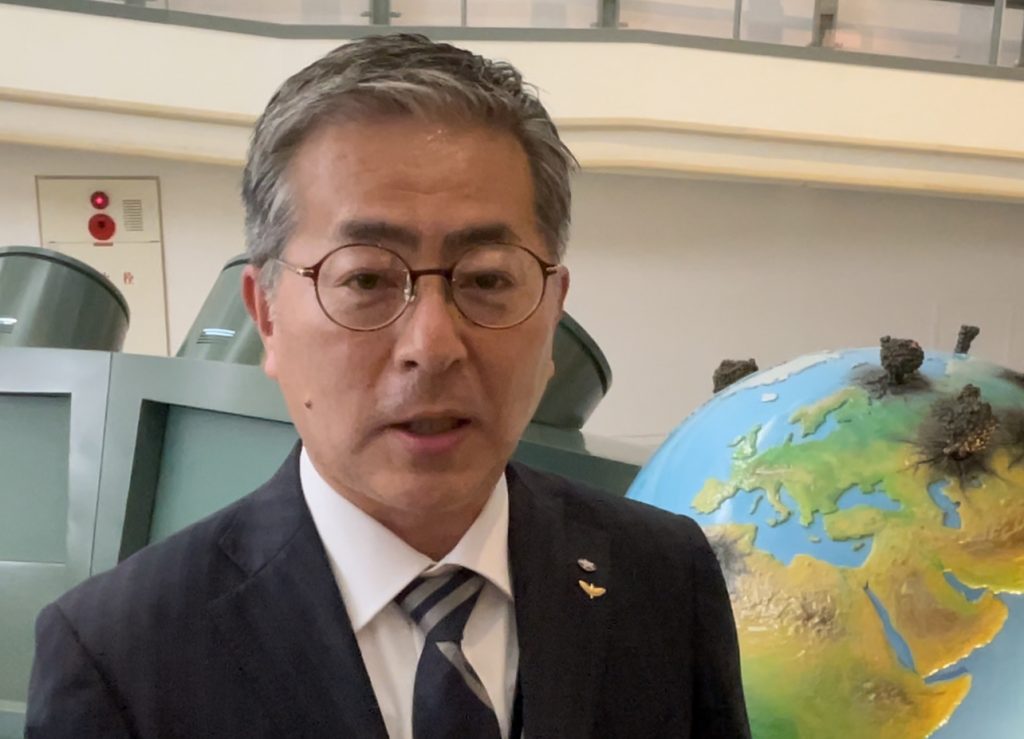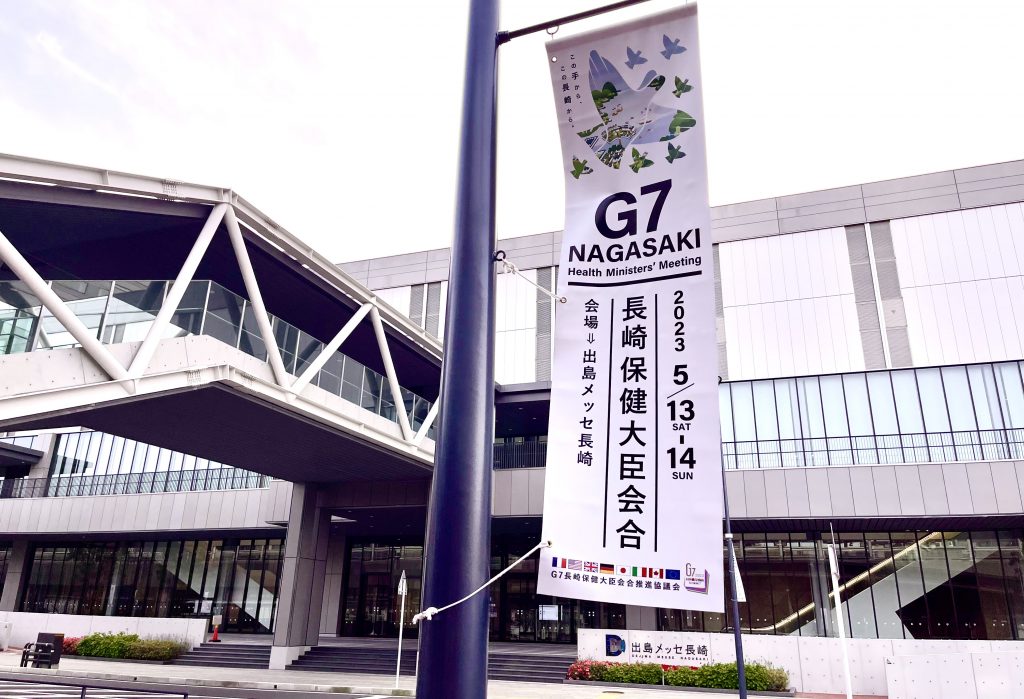



TOKYO: With the next G7 meeting of major industrial countries taking place in Hiroshima, Japan, in May and the G7 health ministers meeting in Nagasaki around the same time, the topic of nuclear weapons won’t be far away and the Director of the Nagasaki Atomic Bomb Museum hopes the politicians will send a clear message to the world on the subject.
“I hope the G7 leaders will go to the Atomic Bomb Museum and take a look at the reality of what happened when the A-bomb hit Hiroshima,” INOUE Takuji told Arab News Japan on Monday. “I hope they will see and feel that first-hand. I hope that they will work toward the abolition of nuclear arms both within their own countries and outside as well, and I hope they will influence public opinion for the abolition of nuclear arms.”
Although visits to the Atomic Bomb Museums by the world’s leaders are yet to be confirmed, Inoue believes that the timing is right, particularly in view of Russia’s invasion of Ukraine, and he had a message for Russian President Vladimir Putin.
“As long as nuclear arms exist, there will always be risks associated with nuclear arms, so I do hope that he will exert his leadership in working toward the abolition of nuclear arms, not by force but by dialogue,” he said.
Hiroshima was the first city to be struck by an atomic bomb on August 6, 1945. Nagasaki was targeted three days later when the initial target Kokura – today’s Kitakyushu City – was covered by clouds.
Atomic Bomb Museums opened in both cities, but not without controversy as some people said they put the blame entirely on the United States rather than the Japanese government that went to war in Asia. The museums now have a more balanced view of history and the atomic bombings, which are detailed with photos and exhibits that show the horror of what happened.